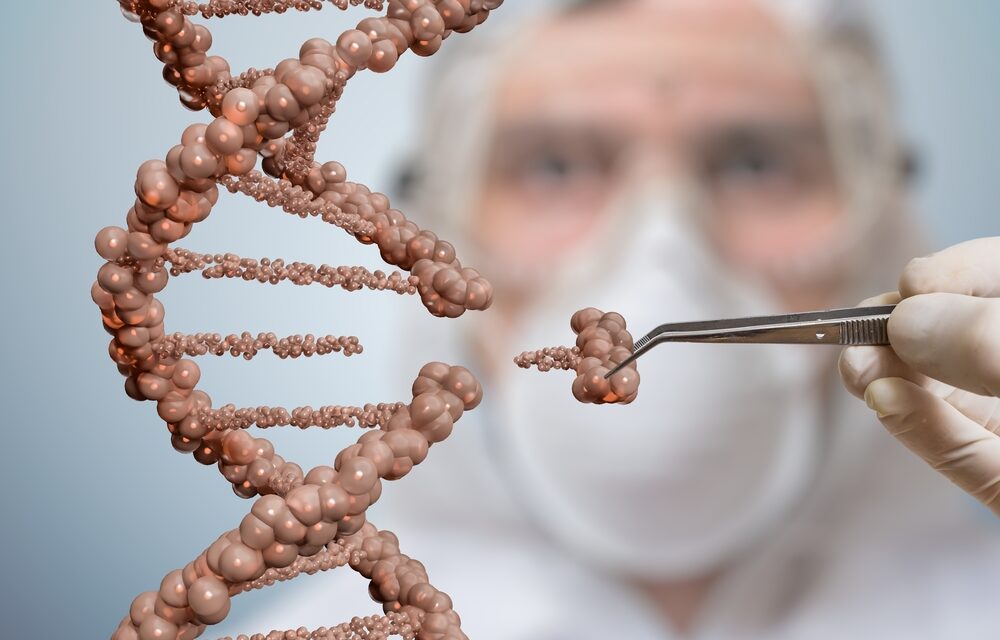By Judith Fales
I love a good mystery. Science is filled with them, and scientists are detectives. Curious about a gene-editing technology called CRISPR, I read The Code Breaker by Walter Isaacson. The Code Breaker focuses on biochemist Jennifer Doudna, a pioneer in CRISPR gene editing, and a 2020 Nobel Prize recipient for breaking the code regarding how bacteria fight off viruses, and its potential implications for humans. In 2020, Doudna and her team began working to apply this knowledge to develop tests and treatments to fight COVID-19.
It’s helpful to understand some basic scientific terms. Deoxyribonucleic acid (DNA) is a molecule that contains the genetic codes/instructions of living things. Ribonucleic acid (RNA) carries out these instructions. Genes inside living organisms contain the hereditary code. Gene editing of embryonic, egg, or sperm cells, can be passed onto future generations.
Scientists know that bacteria have been attacking and killing invading viruses for more than a billion years by developing repeated sequences called CRISPRs that can remember and destroy viruses that attack them. Doudna and other scientists wanted to figure out exactly how this happens so they could duplicate this process in humans.
The term CRISPR stands for “clustered regularly interspaced short palindromic repeats.” Palindromic refers to number or letter sequences that read the same backward and forward, such as the number 111 or the word dad. CRISPRs are gene editing tools that use associated proteins like Cas9 that target a selected piece of the DNA of a virus, hold it in place, and then slice and store it. If the virus attacks again, the stored segments remember it and help Cas9 slice up the new virus’s DNA, making it harmless. This scissor effect works much like the Pac-man video game.
In addition to fighting viruses, CRISPR can be used to edit any human cell. In 2019, a woman with sickle-cell disease became the first person in the United States to be treated with a CRISPR gene-editing tool. She is now pain-free and has not required transfusions. CRISPR is also being used to treat cancer patients, and a form of congenital blindness. However, when a scientist in China genetically edited twin embryo girls to prevent them from inheriting HIV from their father, he was imprisoned. The court in China said he violated national regulations and medical and scientific ethics.
There are many legal and ethical considerations surrounding the use of CRISPR, including the high cost of treatment, which can lead to an increase in health care disparities and a financial breakdown of the health care system.
Locally, Y.Eugene Yu, PhD, Director of the Gene Targeting and Transgenic Shared Resource at Roswell Park Comprehensive Cancer Center says that Roswell is not yet using CRISPR to treat patients, but is using it to develop cellular and mouse models for cancer research. See a Mayo Clinic video at https://youtu.be/UKbrwPL3wXE to learn more about CRISPR and the Cas9 protein.
Judith Fales is a freelance writer and editor for Buffalo Healthy Living.












